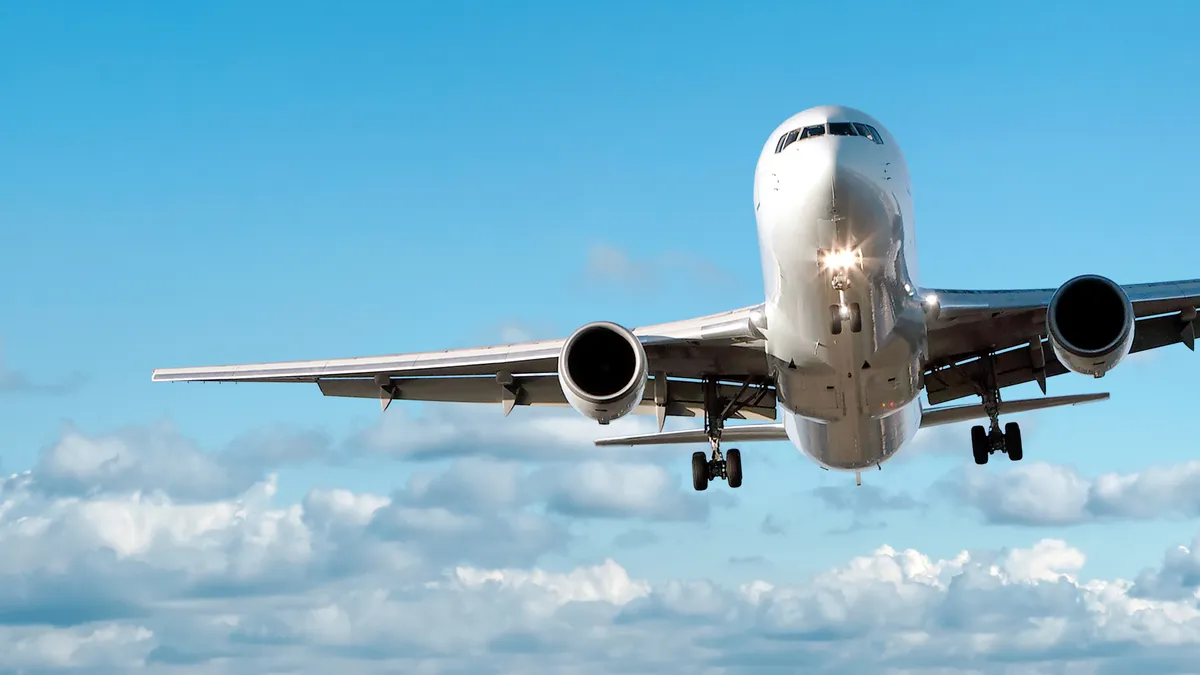Dive Brief:
-
Airlines are among other digital incumbents of the travel industry and therefore struggle with digitization in part due to prioritizing the wrong things, according to McKinsey and Company. For example, instead of dedicating resources to improving features on mobile apps valued by customers, they spend it on less-important social media integrations.
-
Of large-scale digital transformation efforts, 70% are lost in transition and come up short of potential. Failure in management behavior was one of the main causes for one-third of unsuccessful digitization programs.
-
Airlines, known for their "error-free" mentality, have difficulty embracing the "fail-fast approach characteristic of digitization," according to the report. To remedy this dilemma, airlines need to decide where they can risk trial-and-error experimentation, like app functions, and where they cannot, like airline operations.
Dive Insight:
Digitization can offer relief for almost all aspects of business, including customer satisfaction, automation and cost for various processes. Some airlines are just better at it than others.
JetBlue, for example, has a branch wholly dedicated to technology and incubating early stage companies. JetBlue Technology Ventures has sifted through about 3,000 startups since 2016 and invested in 18 of them with the promise of delivering business value within five to 10 years.
But JetBlue is a unique example because airlines as a whole invest less than 3% of revenue on IT, whereas other industries invest 4% or more. Examples of IT failures like last year's scheduling glitch, could be a result of that low IT investment.
There are many IT failure examples in airlines to draw from. Delta's 2016 widespread computer failure led to about 1,000 canceled flights and even more angry customers. The airline's failure to shift some of its critical systems to its backup systems spoke volumes of its system architecture at the time.
Digitization, in theory, is meant to aid the redundancy process and ensure its stability. Much of the change begins with a change in culture from airline executives because airlines can't afford to operate with outdated legacy tech anymore, which includes software applications developed decades ago.












